Relax Heritage Tour
Destinations : New Delhi - Narnoul - Nawalgarh - Mandwa - Jaipur - Agra Jaipur
Day 01 / Arrival Delhi 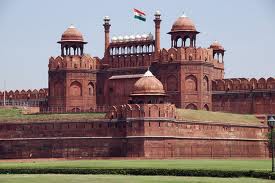
Arrive Delhi , Meet assist at the airport & transfer to hotel night stay.
Day 02 / Delhi
Visit Delhi to Narnoul village tour
Afternoon sight-seeing tour the Camal safari village in Night Stay.
Day 03 / Narnout- Nawalgarh
After breakfast proceed to Nawalgarh. Home stay cooking class. Overnight stay at same village.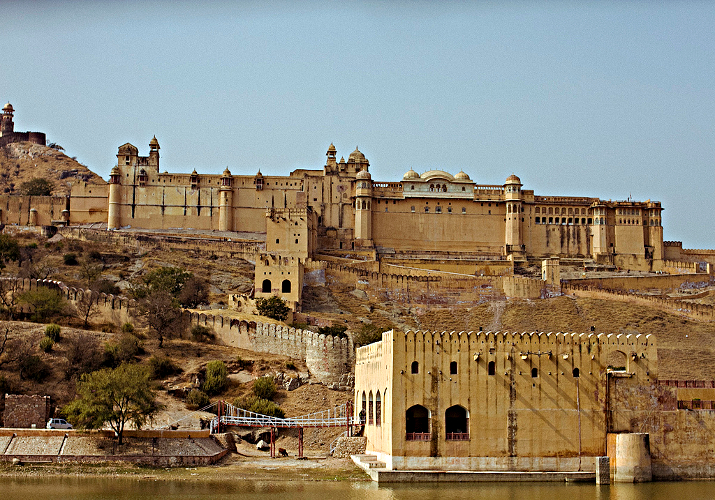
Day 04 / Nawalgarh
Whole day Sight-seeing Nawalgarh village
Maharaja Nawal Singh (Songara Rajput) founded Nawalgarh in 1674 AD at the village site of Rohili, before abolition of Jagirs in Rajasthan. Many great business families of marwari community have their origins from Nawalgarh. Nawalgarh was a tazimi thikana of Jagmal Ji Ka Songara. Nawalgarh was encircled by the high Parkota (walls) consisting of four Pols (gates) in different directions, namely Agoona Darwaja, Bawadi Darwaja (literally - 'door near the well' in the north), Mandi Darwaja(literally - 'door near the market') and Nansa Darwaja. Each gate has iron doors. Bala Kila Fort is situated in the center of the Thikana, and Fatehgarh Fort is situated outside the Parkota as an Outpost. The market place of the town and layout of the havelis indicate that the original city was well-planned before construction. Nawalgarh was considered to be the most modern towns of Shekhawati. The Rulers of Nawalgarh belong to the sanganer sub-clan (Jamal Ji Ka Sept) of Deora i.e. The Sanganerias , Dynasty of the earlier Sikar State. People of Nawalgarh have migrated from Russia to Afghanistan to Nawalgarh (Except Sanganeria's who have migrated from Sanganer near Jaipur)
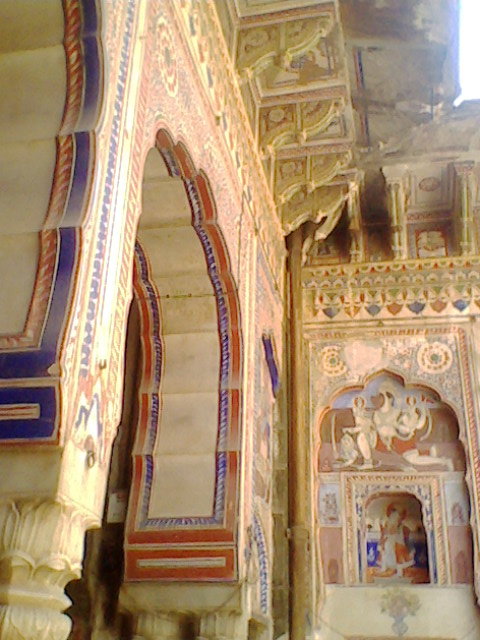
Day 05 / Nawalgarh to Mandwa
Now move to Mandwa sightseeing Shekhawati Village. Night stay in Mandwa.
Day 06 / Mandwa to Jaipur
Mandwa to Jaipur, Relax in Hotel
Day 07 / Sightseeing Jaipur
City Palace Museum which contains the original collection of the Maharajas of Jaipur. Elephant ride ascent to the fort.
AMBER FORT PALACE- Amber is the classic romantic Rajasthani fort palace. Its construction was started by Man Singh I in 1592, and completed by his descendent Jai Singh I. Its forbidding exterior belies an inner paradise where a beautiful fusion of Mughal and Hindu styles finds it's ultimate expression. Continue sight- seeing.
CITY PALACE- A delightful blend of Mughal and traditional Rajasthani architecture, the City Palace sprawls over one-seventh of the area in the walled city. It houses the Chandra Mahal, Shri Govind Dev Temple and the City Palace Museum.
JANTAR MANTAR- This is the largest and the best preserved of the five observatories built by Jai Singh II in different parts of the country. This observatory consisting of outsized astronomical instruments is still in use.
HAWA MAHAL- The ornamental facade of this "Palace of Winds" is a prominent landmark in Jaipur. Their five-storey structures of sandstone plastered pink encrusted with fine trelliswork and elaborat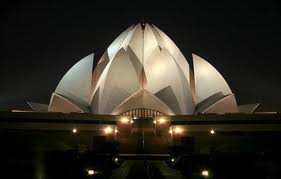 e balconies. The palace has 953 niches and windows. Built in 1799 by Pratap Singh, the Mahal was a royal grandstand for the palace women.
e balconies. The palace has 953 niches and windows. Built in 1799 by Pratap Singh, the Mahal was a royal grandstand for the palace women.
Ayurveda Body Massage is alos available.
Day 08 / Jaipur to Agra Via Fatehpur Sikri
After Breakfast check out hotel , and drive to Agra via Fatehpu Sikri. Rest in Hotel at Agra.
Day 09 / Sightseeing Agra
Major Attractions
Taj Mahal
Built over a period of 22 years (1631 - 1653) at an estimated amou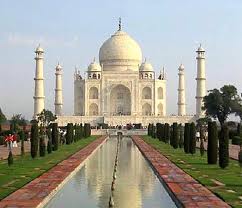 nt 35 million rupees, the Taj Mahal is listed among the seven wonders of the world. Ustad Isa Khan, the chief architect, supervised the construction of this amazing monument, employing about 20,000 artisans and workers, under the orders of the Mughal emperor Shah Jahan. Inside this beautiful monument lie the crypts of Shah Jahan and Mumtaz Mahal, side by side with their heads facing in the direction of the holy city of Mecca. The Taj and the crypts are intricately decorated with carvings, inscriptions, jali work etc., which, at one point of time, were studded with semi-precious stones and gems. It was built by Shah Jahan in memory of his loving wife Mumtaz Mahal, whose unparalleled beauty was the inspiration behind its construction.
nt 35 million rupees, the Taj Mahal is listed among the seven wonders of the world. Ustad Isa Khan, the chief architect, supervised the construction of this amazing monument, employing about 20,000 artisans and workers, under the orders of the Mughal emperor Shah Jahan. Inside this beautiful monument lie the crypts of Shah Jahan and Mumtaz Mahal, side by side with their heads facing in the direction of the holy city of Mecca. The Taj and the crypts are intricately decorated with carvings, inscriptions, jali work etc., which, at one point of time, were studded with semi-precious stones and gems. It was built by Shah Jahan in memory of his loving wife Mumtaz Mahal, whose unparalleled beauty was the inspiration behind its construction.
Inspired by the Persian, Indian and Turkish styles of architecture, the Taj Mahal is considered as the finest specimen of the Mughal style of architecture. Its rounded dome, the lotus design carved at the top of the dome, a bronze spire on the top of the dome, and four minarets in each corner make the Taj a unique blend of Hindu as well as Persian architecture. The beautifully maintained Taj Mahal gardens add even more splendor and beauty to the monument.
Agra Fort
Listed as one of the World Heritage Sites by UNESCO, Agra Fort is a marvellous set of monuments. Widely known as the Red Fort of Agra or Fort Rouge because of the generous use of red sandstone, the monument displays stun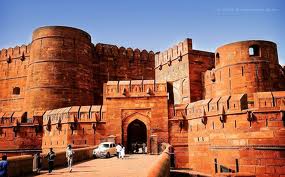 ning and royal Mughal architecture. The Taj Mahal is located about two km from the Agra Fort on the banks of River Yamuna. Founded as a military establishment by Akbar in 1565, the fort is a grand and tall architectural structure belonging to the typical Mughal style. It was completed in the year 1571. Built over an area of 2.5 km, the fort has two main gates- the Delhi Gate and the Amar Singh Gate. Entry is permitted only through the Amar Singh Gate.
ning and royal Mughal architecture. The Taj Mahal is located about two km from the Agra Fort on the banks of River Yamuna. Founded as a military establishment by Akbar in 1565, the fort is a grand and tall architectural structure belonging to the typical Mughal style. It was completed in the year 1571. Built over an area of 2.5 km, the fort has two main gates- the Delhi Gate and the Amar Singh Gate. Entry is permitted only through the Amar Singh Gate.
Day 10 / Agra-Delhi-Departure
After Breakfast check out hotel , and drive back to New Delhi, Evening transfer to airport to board the onward flight.
